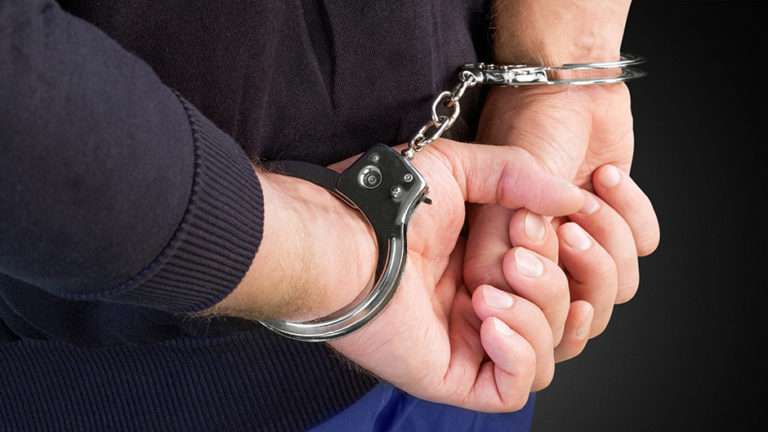When a Security Guard Shift Turns Deadly: Lessons for Security Professionals Across Canada
Security work across Canada is rarely glamorous. There are no flashing lights, sirens, or dramatic rescues. Most shifts are calm and predictable—patrolling, securing access points, helping residents or visitors, and keeping an eye out for anything unusual.
But every once in a while, a routine interaction turns dangerous. When it does, the consequences can be life-changing—or even deadly.
That’s what happened in March 2025 to George Fernandez, a security guard in Calgary, Alberta. George’s story is a sobering reminder that no matter how routine the job feels, every security guard in Canada faces the potential for violence. Training, awareness, and preparation are what separate a safe resolution from tragedy.
What Happened to George Fernandez
George Fernandez was a 73-year-old father and longtime security guard who worked in the same apartment building where he lived. In the early hours of March 13, 2025, a woman entered the lobby to take packages and a laptop that did not belong to her.
When George confronted her, a brief physical altercation occurred. The woman pushed him, causing him to fall and strike his head. She fled the building with the stolen items. George was found by staff later that morning and died in hospital the next day.
Police later arrested and charged the suspect, Amanda Ahenakew, with manslaughter.
This was not a high-profile or violent brawl—it was a short encounter involving a simple push. But it was enough to end a life.
Why Every Canadian Security Guard Should Pay Attention
Whether you work in a condominium, shopping mall, hospital, or office tower, George’s story could easily have been your story. Security guards across Canada regularly deal with individuals who are intoxicated, in crisis, or intent on committing theft.
Many guards, especially those stationed alone at lower-risk sites, are not equipped with protective gear or supported by immediate backup. Yet when something happens, everyone turns to the guard to take control.
This mismatch between responsibility, equipment, and training is one of the most persistent safety gaps in the Canadian private security industry.
What May Have Gone Wrong
While we may never know every detail, several lessons stand out:
1. Lack of Distance (Reactionary Gap)
Standing too close during an encounter removes your ability to react. Always maintain a minimum six-foot reactionary gap and angle your body so you’re not blocking the person’s exit. Hands should remain visible and ready to protect yourself if needed.
2. Working Alone
Solo guarding remains common across Canada, especially in residential or commercial sites. Regular check-in procedures, panic alarms, and clear policies for reporting potentially dangerous interactions can make all the difference.
3. Confrontation vs. De-Escalation
If an interaction escalates from verbal to physical, the situation has already gone too far. Effective de-escalation—calm tone, open body language, empathy, and controlled assertiveness—is a critical skill every guard should practice regularly.
Lessons for Security Guards Across Canada
Being a professional security guard means more than wearing a uniform. It means combining observation, communication, and decision-making skills to ensure safety for everyone—including yourself.
Here are key takeaways from George Fernandez’s tragedy:
- Master De-Escalation: The best security guards resolve situations with words, not force.
- Stay Situationally Aware: Identify exits, potential hazards, and changes in behaviour before they become threats.
- Have an Emergency Plan: Know how to call for help, provide first aid, and secure a scene safely.
- Invest in Training: Courses on conflict management, use of force, and personal safety can dramatically improve your safety and confidence.
Final Thoughts
George Fernandez was doing his job—protecting his community. A momentary act of aggression turned a regular shift into a tragedy.
Every guard in Canada should take his story as a wake-up call. Ask yourself:
- Am I trained to recognize aggression before it turns violent?
- Do I have the tools and backup to keep myself safe?
- Do I know when to disengage and call for help?
If your answer isn’t an immediate yes, it’s time to upgrade your training. Courses from SecurityGuardCourse.ca can help you strengthen your skills in de-escalation, safety awareness, and conflict prevention.
Protect yourself, protect others, and go home safely at the end of every shift.
Last Updated on Oct 4, 2025





